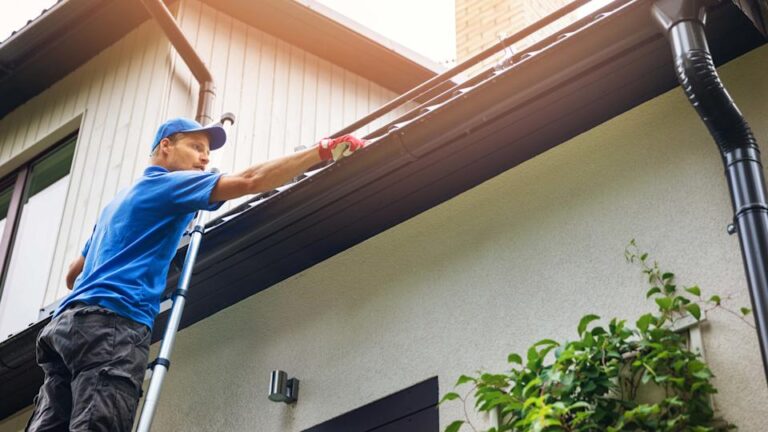
Maintaining the longevity and appeal of your driveway is vital for both aesthetic and practical reasons. Among the various maintenance tasks, asphalt resealing stands out as a crucial step in preserving the integrity of your driveway.
In this comprehensive guide, we delve into the importance of driveway asphalt resealing and provide a detailed walkthrough of the process, ensuring your driveway remains durable and visually pleasing for years to come.
Importance of Driveway Asphalt Resealing:
Before diving into the intricacies of the resealing process, it’s essential to understand why it’s necessary. Over time, exposure to harsh weather conditions, UV rays, and vehicular traffic can deteriorate the surface of asphalt driveways, leading to cracks, potholes, and overall degradation.
Asphalt resealing acts as a protective barrier, shielding the pavement from these elements and extending its lifespan significantly.
Assessing the Condition of Your Driveway:
Before embarking on the resealing journey, a thorough assessment of your driveway’s condition is imperative. Inspect the surface for any existing cracks, potholes, or areas of wear and tear. Additionally, consider factors such as drainage patterns and the presence of oil stains, as these can impact the effectiveness of the resealing process.
Preparing for Resealing:
Proper preparation is key to ensuring the success of the resealing endeavor. Begin by cleaning the surface thoroughly, and removing any debris, dirt, or vegetation that may have accumulated. Utilize a pressure washer for optimal results, ensuring a clean and smooth surface for the sealant to adhere to.
Additionally, fill in any cracks or potholes with a suitable filler material, ensuring a level surface across the entire driveway.
Introduction to BOMA Calculations:
BOMA calcs, or Building Owners and Managers Association calculations, are industry-standard methods used to measure and evaluate various aspects of commercial real estate properties.
These calculations provide essential data for property managers, owners, and tenants to make informed decisions regarding space utilization, operating costs, and overall building efficiency.
Gross Area Calculation:
The Gross Area calculation encompasses the total floor area within the building’s perimeter walls, including all interior spaces such as lobbies, corridors, stairwells, and mechanical rooms. It is a fundamental measure used to determine the overall size and scope of a property.
Rentable Area Calculation:
Rentable Area, also known as Net Rentable Area, refers to the space within a building that is available for lease to tenants. This calculation excludes areas such as common areas, mechanical rooms, and vertical penetrations. Rentable Area is a crucial metric for both landlords and tenants, as it directly impacts leasing agreements and rental rates.
Efficiency Ratio Calculation:
The Efficiency Ratio, also known as the Load Factor or Common Area Factor, compares the Rentable Area to the Usable Area within a building. This calculation helps assess the efficiency of space utilization and distribution, providing valuable insights for property managers and tenants alike.
Conclusion:
Driveway asphalt resealing is a vital maintenance task that should not be overlooked. By taking proactive measures to protect and preserve your driveway, you can ensure its longevity and sustainability for years to come.
Whether you’re looking to enhance the curb appeal of your property or simply prolong the lifespan of your driveway, resealing is a cost-effective solution that yields significant returns in terms of both aesthetics and functionality.
BOMA calculations serve as invaluable tools for evaluating and managing commercial real estate properties effectively.
By understanding and utilizing these calculations, stakeholders can optimize space utilization, streamline operations, and maximize the value of their investments.





